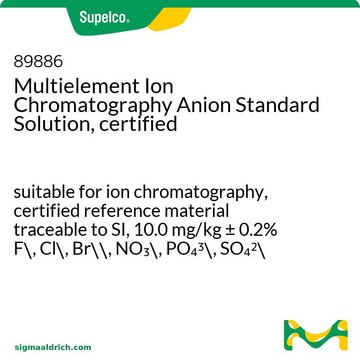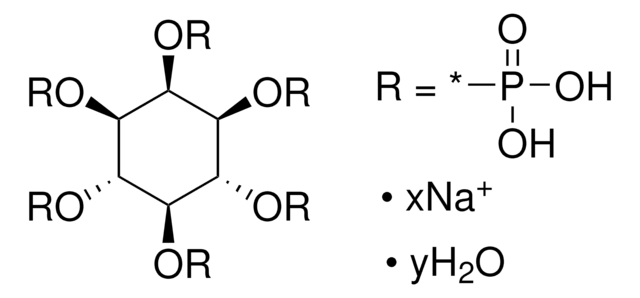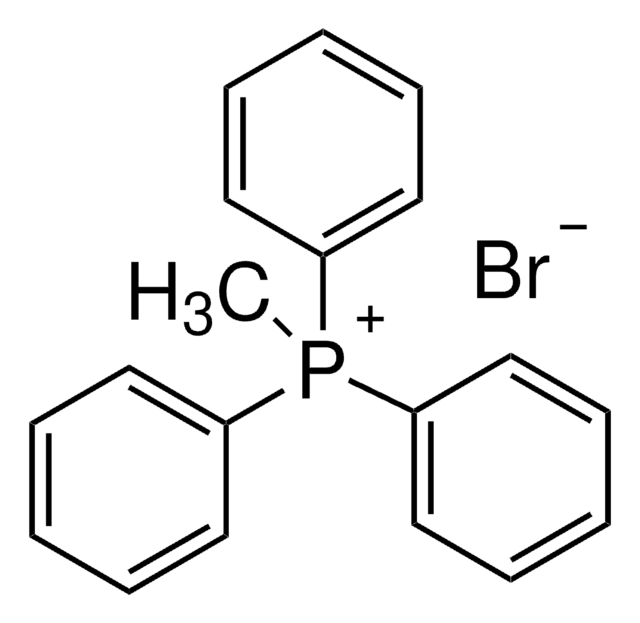73664
Mettler-Toledo Calibration substance ME 18870, Benzophenone
traceable to primary standards (LGC)
Synonym(s):
Benzophenone, Diphenyl ketone, Diphenylmethanone, NSC 8077
About This Item
Recommended Products
grade
analytical standard
for the calibration of the thermosystem 900
Quality Level
vapor pressure
1 mmHg ( 108 °C)
quality
traceable to primary standards (LGC)
shelf life
limited shelf life, expiry date on the certificate and label
bp
305 °C (lit.)
mp
47-51 °C (lit.)
application(s)
food and beverages
pharmaceutical
format
neat
SMILES string
O=C(C1=CC=CC=C1)C2=CC=CC=C2
InChI
1S/C13H10O/c14-13(11-7-3-1-4-8-11)12-9-5-2-6-10-12/h1-10H
InChI key
RWCCWEUUXYIKHB-UHFFFAOYSA-N
Looking for similar products? Visit Product Comparison Guide
General description
Application
Features and Benefits
- Melting point calibration standard traceable to a primary standard from LGC, London
- Melting point evaluation performed in both thermodynamic and pharmacopeia modes for physically correct and heating rate dependent melting point determinations, respectively
- Available with certificates of analysis and safety data sheet
- A product of analytical standard grade to help meet the QC/QA requirements of melting point determination
Signal Word
Danger
Hazard Statements
Precautionary Statements
Hazard Classifications
Aquatic Chronic 3 - Carc. 1B - STOT RE 2 Oral
Target Organs
Liver,Kidney
Storage Class Code
6.1C - Combustible acute toxic Cat.3 / toxic compounds or compounds which causing chronic effects
WGK
WGK 1
Flash Point(F)
280.4 °F - closed cup
Flash Point(C)
138 °C - closed cup
Personal Protective Equipment
Choose from one of the most recent versions:
Already Own This Product?
Find documentation for the products that you have recently purchased in the Document Library.
Articles
Separation of Acetaminophen, meets USP testing specifications, 98.0-102.0%, powder; Caffeine, meets USP testing specifications, anhydrous; Benzoic acid, meets USP testing specifications; Aspirin, meets USP testing specifications
Protocols
HPLC Analysis of Benzoic Acid Derivatives on Ascentis® C18
Our team of scientists has experience in all areas of research including Life Science, Material Science, Chemical Synthesis, Chromatography, Analytical and many others.
Contact Technical Service








